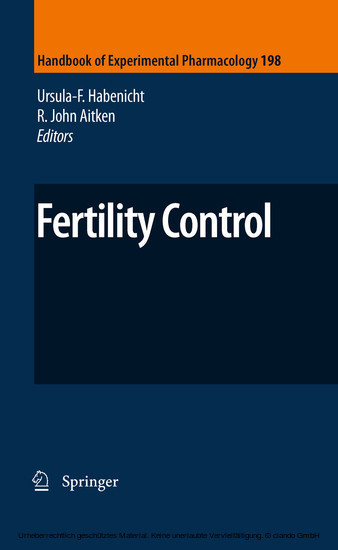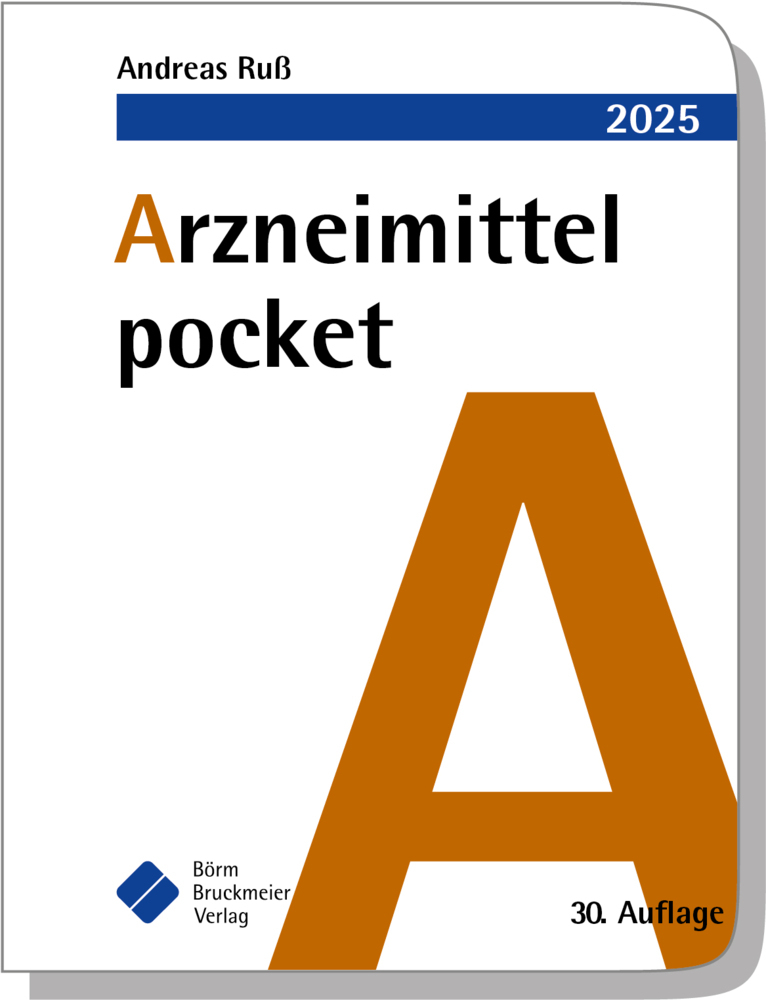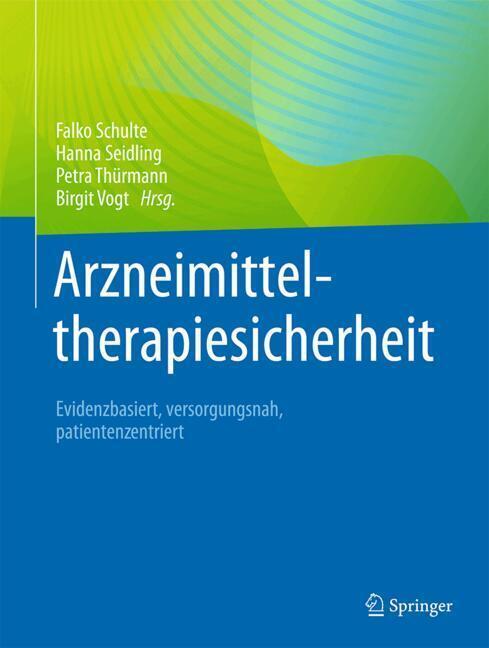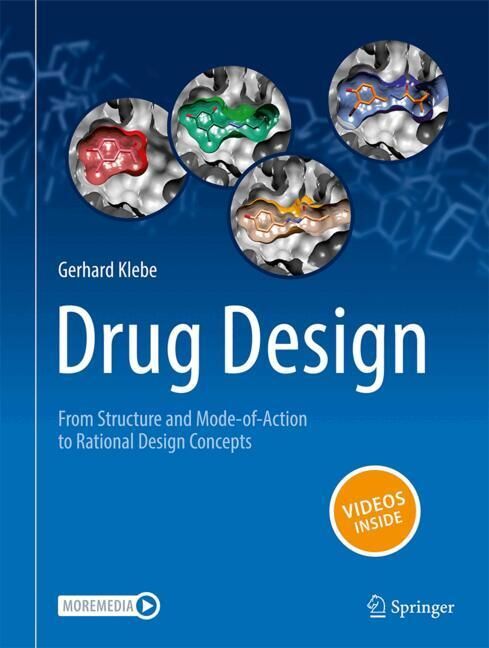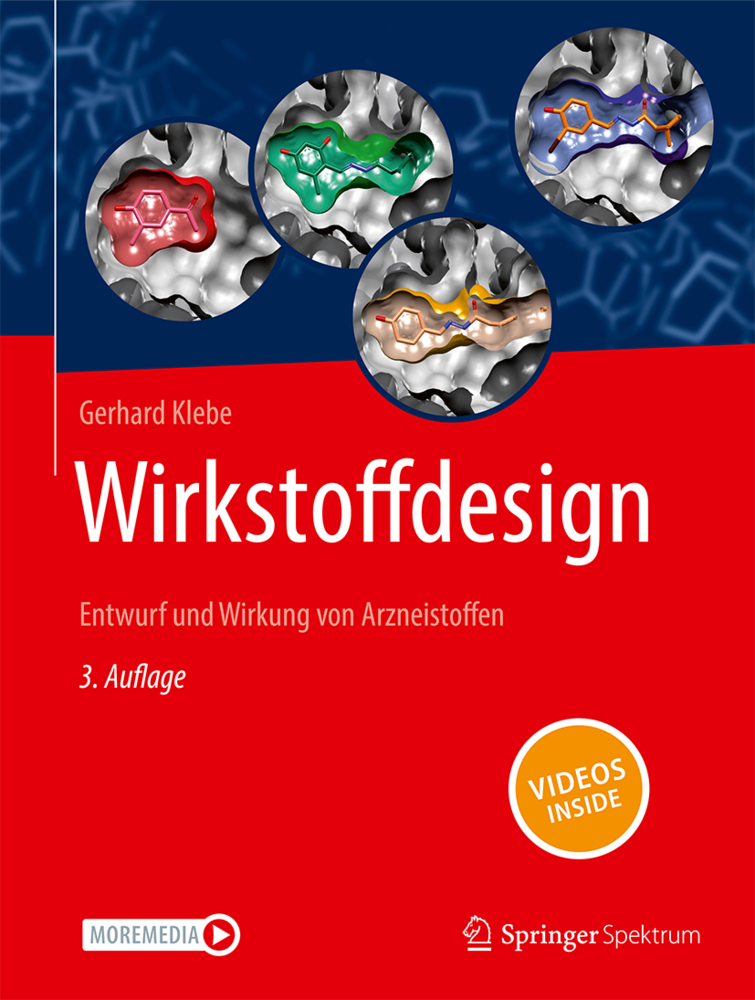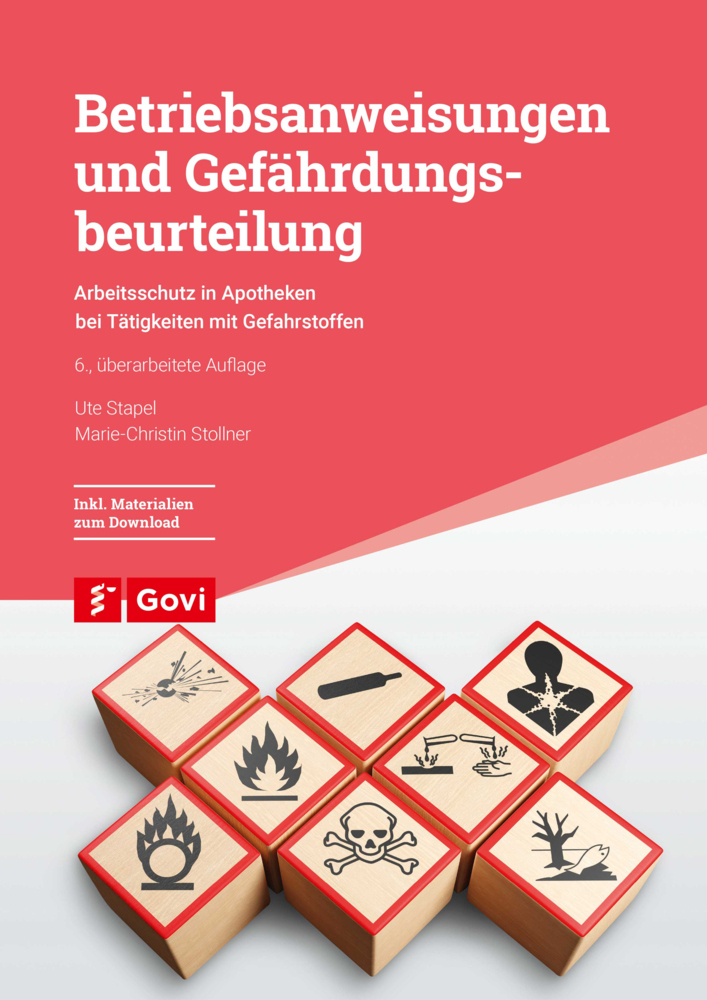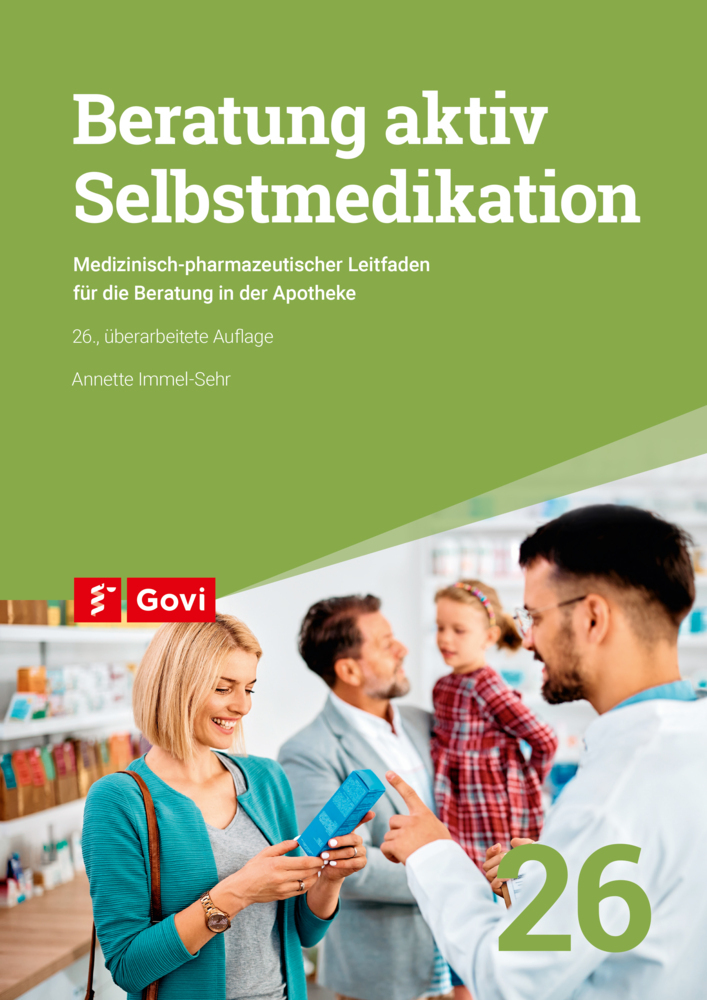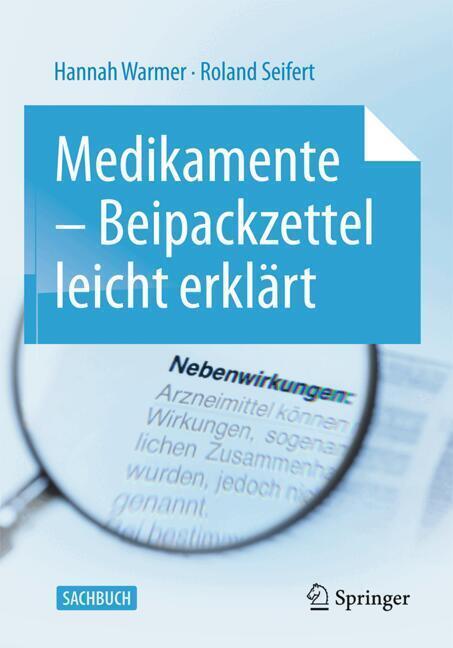This book represents a unique collection of papers from internationally renowned experts to give us a state-of-the art summary of current concepts in reproductive biology. The narrative has been developed to highlight how new gains in our understanding of reproductive mechanisms have generated unique opportunities for contraceptive development.
1;Fertility Control;3 1.1;Preface;5 1.2;References;7 1.3;Contents;9 1.4;Contributors;11 1.5;New Insights into Ovarian Function;16 1.5.1;1 Introduction;17 1.5.2;2 Novel Aspects of Gonadal Development, Primordial Follicle Formation, and Early Follicle Growth;17 1.5.3;3 Transcription Factors That Regulate Early Postnatal Follicle Growth;19 1.5.4;4 Oocyte-Derived Growth Factors That Mediate Somatic Cell Function and Follicle Growth;22 1.5.5;5 Novel Regulatory Mechanisms That Control Follicle Growth and Differentiation;24 1.5.6;6 The TGFbeta Family in Regulation of Granulosa Cell Growth and Differentiation;25 1.5.7;7 New Mediators of Ovulation and Luteinization;28 1.5.8;8 New Regulators of Oocyte Maturation and Meiosis;30 1.5.9;9 Summary;31 1.5.10;References;32 1.6;Estrogen Signaling in the Regulation of Female Reproductive Functions;41 1.6.1;1 Introduction;42 1.6.2;2 Production of Estrogens;42 1.6.3;3 Cellular Mechanisms of Action;43 1.6.4;4 Estrogens and Contraception;44 1.6.4.1;4.1 Regulation of Estrogen Production;45 1.6.4.2;4.2 Regulation of Estrogen Action;45 1.6.5;5 Conclusions;46 1.6.6;References;47 1.7;Progesterone Receptors and Ovulation;48 1.7.1;1 Introduction;49 1.7.2;2 Progesterone Receptors Control LH-Induced FollicularRupture but Not Luteinization;50 1.7.3;3 Molecular Signaling Pathways That Mediate PR-Dependent Follicular Rupture;51 1.7.4;4 Regulation of Cumulus Matrix Components by PRs;51 1.7.5;5 Paracrine Growth Factor Signaling by PRs to Cumulus Cells;52 1.7.6;6 Transcriptional Programs Downstream of PRs;52 1.7.7;References;53 1.8;Contraception Targets in Mammalian Ovarian Development;56 1.8.1;1 Introduction;57 1.8.2;2 Ovarian Folliculogenesis and Exhaustion of the Primordial Follicle Pool;58 1.8.3;3 Early Folliculogenesis: Roles of Cytokines, Chemokines, Hormones and Growth Factors;60 1.8.4;4 Multiple Activator and Repressor Pathways Converge to Regulate Activation of the Primordial Follicle;62 1.8.5;5 Intracellular Signalling in Oocytes and Pregranulosa Cells in Primordial Follicles;62 1.8.6;6 Signal Transduction: The Phosphatidylinositol 3-Kinase (PI3K) and the mTOR Pathways;63 1.8.7;7 Promoting and Regulating Early Follicle Growth and Development;65 1.8.8;8 Conclusions;70 1.8.9;References;71 1.9;Proteomics of Embryonic Implantation;78 1.9.1;1 Introduction;79 1.9.2;2 Proteomic/Secretomics of the Human Embryo;81 1.9.3;3 Proteomics of the Human Endometrium;83 1.9.4;4 Proteomics of Human Endometrial Fluid;85 1.9.5;5 Conclusions;87 1.9.6;References;87 1.10;Evaluation of Plasma Membrane Calcium/Calmodulin-Dependent ATPase Isoform 4 as a Potential Target for Fertility Control;90 1.10.1;1 Introduction;91 1.10.1.1;1.1 The Need for New Safe, Effective, Non-hormonal Contraception;91 1.10.2;2 The Role of PMCA4 in Sperm Motility;93 1.10.3;3 The Plasma Membrane Calcium/Calmodulin-Dependent Calcium ATPases;94 1.10.3.1;3.1 Tissue Distribution of PMCA Isoforms and In vivo Specificity of Function;95 1.10.4;4 PMCA4 as a Suitable Drug Target;96 1.10.4.1;4.1 Suitability of the Structure of PMCA4 to Drug Targeting;96 1.10.4.2;4.2 Drugability of PMCA4;97 1.10.4.3;4.3 Target Validation: Modelling Target Action Using Knockout Mice;98 1.10.5;5 Identification of Hit Compounds;99 1.10.6;6 Specificity of Action of Potential PMCA4 Inhibitor;101 1.10.7;7 Conclusions;103 1.10.8;References;103 1.11;New Insights into Sperm Physiology and Pathology;108 1.11.1;1 Introduction;109 1.11.2;2 Oxidative Stress and Impaired Sperm Function;110 1.11.3;3 Impact of Oxidative Stress on Spermatozoa;111 1.11.3.1;3.1 Motility Loss;111 1.11.3.2;3.2 DNA Damage;111 1.11.4;4 The Physiological Role of ROS;115 1.11.5;5 Conclusions: Oxidative Stress in Infertility and Prospects for Contraception;118 1.11.6;References;120 1.12;The Epididymis as a Target for Male Contraceptive Development;125 1.12.1;1 Introduction;126 1.12.2;2 Infertile Males as a Contraceptive Paradigm;126 1.12.3;3 Transgenic Mice: Epididymal Models of Male Infertility;127 1.12.3.1;3.1 Infertile Male
Habenicht, Ursula-F.
Aitken, Robert John
| ISBN | 9783642020629 |
|---|---|
| Artikelnummer | 9783642020629 |
| Medientyp | E-Book - PDF |
| Auflage | 2. Aufl. |
| Copyrightjahr | 2010 |
| Verlag | Springer-Verlag |
| Umfang | 263 Seiten |
| Sprache | Englisch |
| Kopierschutz | Digitales Wasserzeichen |

